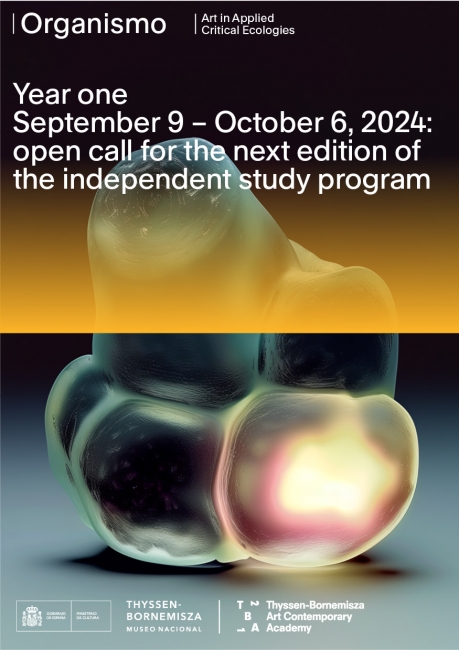Descripción de la Exposición Ricardo Lanzarini is a storyteller of the common place, an observer of everyday details that construct and deconstruct stories from outlines and accumulations of short scenes pulled from unlimited sources. 'When I start to draw, these representations are not premeditated, they appear to me. I simply let them float about; they are already there.' In his drawings, Nietzsche, Kafka, Beckett, Carroll, and Marx, flitter past, as do prisoners, religious leaders, reproductions of artworks, and hospitals. Lanzarini mixes these references and weaves them into an ensemble that reflects the inner workings of mankind's history and philosophical thought where categories and classifications result only from posteriori reflection. There are no descriptions of time and space: places are unidentifiable and time is anachronistic. With meticulousness and precision, these characters multiply and take their places as they literally invade the walls of the gallery in an exuberant construction. Ricardo Lanzarini is an illusionist who masterfully manipulates scale in order to better surprise and shock the spectator. From afar, details blend into abstract constructions of lines, a messy network full of holes. It is only when we approach and linger close to the drawings (assisted by a magnifying glass available in the gallery) that we see that the space is teeming with miniscule figures who give shape to the space itself: they act as a sort of mirage. The drawing proves to be as abstract as it is a figurative depending on what point of view the spectator takes. This is an impressive assemblage that challenges frontal and classical vision, and seems to privilege visualization over sight. The distribution of the drawings in a space more or less limited (simple cigarette paper or a wall space) does not cease to discretely draw attention to the spectator's body and his physical implication in the space. Approaching the drawing, the invitation to move closer, implies a singular approach to the ensemble, and thus, a fragmented gaze. Here, the collage is omnipresent. Certain elements have been cutout in order to detach themselves from the flat surface whereas others have been added - like the copious wooden pencils that form hats, umbrellas, hot air balloons baskets, etc. The venue's architecture - including its electrical sockets, angles, and wall blemishes - becomes a playground where the artist creates a complete universe. The strength of Lanzarini's work resides in the many entry points and the plethora of stories he creates and reinvents. The plastic collage is built of images that are anything but narrative collages. In Lanzarini's work, narration doesn't lead anywhere: it is a driving force for a presence. It simply inhabits a space and recalls the absurdity of our presence in the world. From far away the abstract ensemble overwhelms us, and close-up, we become voyeurs looking into a phantasmagoric world that strangely resembles our own and whose details, often the least flattering, are exaggerated. Empty of heroes, saints, and geniuses, only crowds of insignificant characters (often grotesque in their absurd and illogical positions) seem to endlessly wander about aimlessly without illusions or hopes. These naked figures with bizarre headdresses socialize with deformed, hybrid beings that are half-man and half-animal. They hide, hang down, tie themselves up, argue, make fools of themselves, and are shown having bowel movements. They evoke both Jerome Bosch's paintings and magic realism, specifically the Latin American movement. Using cynical and dark humor, the artist highlights mankind's vices and faults, calling to mind the frustrations of the human condition and the insecurities of our society. Their faces have lost all features and expressions. The figures are led into a forward fall on a dizzying spiral that they can't escape. The mass of eccentric and exhibitionist characters - who are tied together often through violent interactions - form a micro-society that serves as a deformed reflection of our contemporary society. With delicacy, Lanzarini depicts a world where each person succumbs to the tyranny of the crowd. The juxtapositions of events, successive layers, his play on transparencies, the echoing similarities between characters, and his multiple references, pull the spectator into a universe of hallucinations.

Formación. 15 oct de 2024 - 30 jun de 2024 / Museo Nacional Thyssen-Bornemisza / Madrid, España